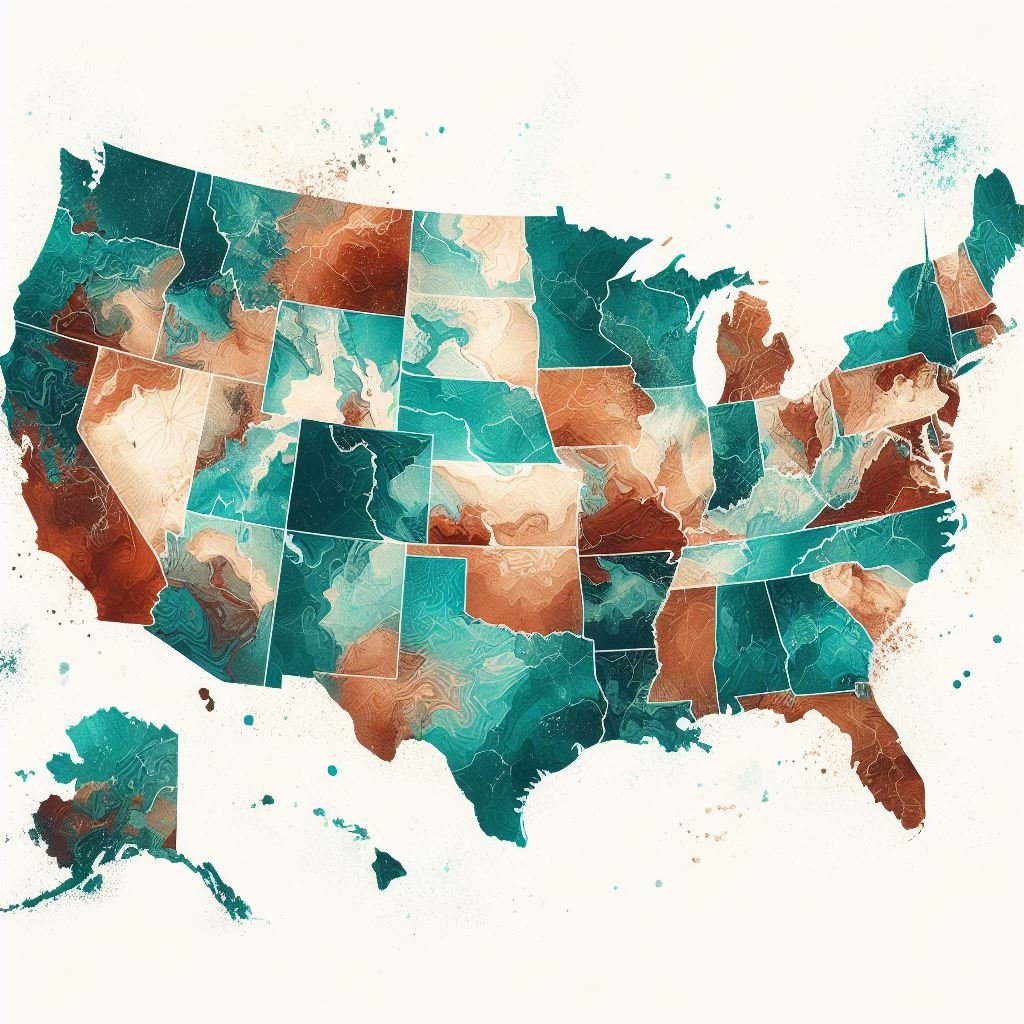The State of Addiction: Recent Statistics Unveiled
Recent statistics shed light on the sobering reality of addiction in our communities. These numbers reveal the profound impact of substance use disorder (SUD) on individuals, families, and society at large. Here's an easy-to-read summary highlighting some of the most compelling recent statistics about addiction:
Rising Overdose Rates: In recent years, overdose rates have reached alarming levels. The predicted number of drug overdose deaths showed an increase of 0.5% from the 12 months ending in December 2021 to the 12 months ending in December 2022, from 109,179 to 109,680. The biggest percentage increase in overdose deaths in 2022 occurred in Washington and Wyoming, where deaths were up 22% (1).
Opioid Crisis Continues: The opioid epidemic remains a critical concern. A significant percentage of all overdose deaths are attributed to opioids, including prescription painkillers, heroin, and synthetic opioids like fentanyl. Opioid-involved overdose deaths rose from 21,089 in 2010 to 47,600 in 2017 and remained steady through 2019. This was followed by a significant increase in 2020 with 68,630 reported deaths and again in 2021 with 80,411 reported overdose deaths (2). The 82,998 predicted opioid-involved drug overdose deaths in the United States for the 12-month period ending in December 2022 is an increase from 82,310 in the previous year (1).
Youth and Substance Use: 11.89 million 18- to 25-year-olds used drugs in the last month (4). A recent study found 518 deaths, or a rate of 2.4 per 100,000, among adolescents in 2010, and a steady rate of 492 deaths (2.36 per 100,000) each subsequent year through 2019. In 2020, there was a sharp increase to 954 deaths (4.57 per 100,000), rising to 1,146 deaths (5.49 per 100,000) in early 2021 (3). Early intervention and prevention efforts are crucial in addressing this vulnerability.
Alcohol Use Disorder: Alcohol Use Disorder continues to be a significant issue. 10.2% of Americans over the age of 12 have Alcohol Use Disorder (5). 140,557 Americans die from the effects of alcohol in an average year (5). The World Health Organization (WHO) has determined excessive alcohol use is responsible for 7.1% of disease among males and 2.2% among females (5).
Poly-Substance Use: A concerning trend is the increase in poly-substance use, where individuals consume multiple substances simultaneously. This heightens the risks associated with substance use disorder.
Mental Health and Addiction: Co-occurring mental health disorders are prevalent among individuals struggling with addiction. 9.5 million or 3.8% of adults over the age of 18 have both a substance abuse disorder (SUD) and a metal illness (6).
Access to Treatment: Unfortunately, many individuals face barriers in accessing treatment. In 2018, nearly 19 million people aged 12 and older needed substance abuse treatment.
964,000 perceived a need for treatment, 392,000 went on to seek treatment.
946,000 adolescents aged 12-17 needed substance abuse treatment, 159,00 received treatment.
5.2 million young adults or 1 in 7 aged 18-25 needed substance abuse treatment, only 1.6% or 547,000 received treatment.
15.1 million adults or 1 in 14 aged 26 or older needed substance abuse treatment, only 1.4% or 3 million received treatment (6).
Economic Impact: Substance use disorder imposes a significant economic burden. In 2017, the cost of drug abuse in the US was nearly $272 billion, taking into account crime, healthcare needs, lost work productivity and other impacts on society.
$193 billion was incurred in overall costs for illegal drugs in addition to $78.5 billion for prescription opioids.
$11 billion was incurred in healthcare costs related to the use of illegal drugs and $26 billion for prescription opioids.
326,000 hospitalizations occurred for nonfatal drug poisonings or overdoses occurred in 2016, including unintentional, undetermined intent, and intentional self-harm.
577,794 emergency room visits occurred for nonfatal drug poisonings or overdoses in 2016 with the most patients experiencing opioid poisoning.
There are new psychoactive substances (NPS) entering the market every year. Between 2012 and 2016, the number of known psychoactive substances being sold increased from 269 to 479.
Drug abuse often results in comorbidity- nearly 50% of persons who have substance abuse disorder also experience mental illness (6).
Synthetic Opioids and Fentanyl: The presence of synthetic opioids, particularly fentanyl, has surged. The reported and predicted number of drug overdose deaths involving synthetic opioids (including fentanyl but excluding methadone) and psychostimulants with abuse potential (such as methamphetamine) continued to increase compared to the previous year (1). From 2012 to 2015, the US saw a 264% increase in synthetic opioid (other than methadone) deaths (6).
Overdose Reversal: The availability and use of naloxone, an opioid overdose reversal medication, have increased. It has saved countless lives and remains a critical tool in preventing overdose deaths.
Telehealth and Treatment Innovation: The integration of telehealth services has expanded access to addiction treatment, particularly during the pandemic. This innovation has helped bridge gaps in care.
Prevention Efforts: Proactive prevention efforts, including community education, harm reduction strategies, and early intervention programs, play a vital role in addressing addiction's root causes.
These recent statistics underscore the urgent need for continued efforts to address addiction. By understanding the scope of the issue and implementing evidence-based prevention, treatment, and support strategies, we can work towards a future where individuals and communities thrive, free from the burdens of addiction.
Provisional Data Shows U.S. Drug Overdose Deaths Top 100,000 in 2022 | Blogs | CDC
Drug Overdose Death Rates | National Institute on Drug Abuse (NIDA) (nih.gov)
JAMA. 2022;327(14):1398-1400. doi:10.1001/jama.2022.2847 Trends in Drug Overdose Deaths Among US Adolescents, January 2010 to June 2021 | Emergency Medicine | JAMA | JAMA Network
Teenage Drug Use Statistics [2023]: Data & Trends on Abuse (drugabusestatistics.org)
Alcohol Abuse Statistics [2023]: National + State Data - NCDAS (drugabusestatistics.org)
NCDAS: Substance Abuse and Addiction Statistics [2023] (drugabusestatistics.org)

